Issue
- ESET PROTECT Web Console does not load
- You receive the message "Cannot access page"
- You receive "Web Console 404" error
- You need to reinstall Apache Tomcat
Solution
- Restart the services for ESET PROTECT Server and Apache Tomcat
- Check for port conflicts
- Reinstall Apache Tomcat and Web Console
If ESET PROTECT Web Console will not start, or if the login screen appears to load constantly without opening, follow the instructions below. Start with part I and only continue to the next part if the issue is not resolved.
I. Restart the services for ESET PROTECT Server and Apache Tomcat
Make sure you are using a supported web browser to access ESET PROTECT Web Console.
If the ESET PROTECT Web Console login screen does not load successfully, continue to part II.
II. Check for port conflicts
Press the Windows
 key + R, type cmd into the field and click OK to open a command prompt.
key + R, type cmd into the field and click OK to open a command prompt.Type the following command:
netstat –aobn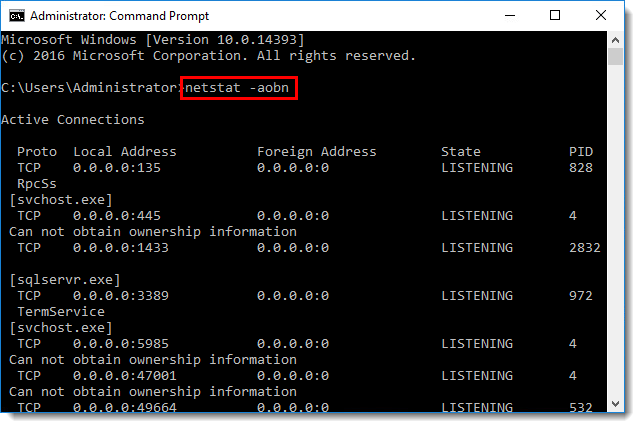
Figure 1-1 Verify that Tomcat9.exe is listening on port 443 or 8443. Change the port used by the ESET PROTECT Web Console.
If the ESET PROTECT Web Console login screen does not load successfully, continue to part III.
III. Reinstall Apache Tomcat and Web Console
You can reinstall Tomcat and Web Console using the All-in-one installer.
Back up the following files from the Tomcat folder (the path to the folder may differ based on your Tomcat installation):
C:\Program Files\Apache Software Foundation\apache-tomcat-9.0.40\.keystore
C:\Program Files\Apache Software Foundation\apache-tomcat-9.0.40\conf\server.xml
C:\Program Files\Apache Software Foundation\apache-tomcat-9.0.40\webapps\era\WEB-INF\classes\sk\eset\era\g2webconsole\server\modules\config\EraWebServerConfig.propertiesIf you are using a custom SSL certificate store in the Tomcat folder, also back up that certificate.
Download the ESET PROTECT On-Prem All-in-one installer.
Extract the downloaded file and run the
Setup.exeapplication. Click Run when prompted by the security warning.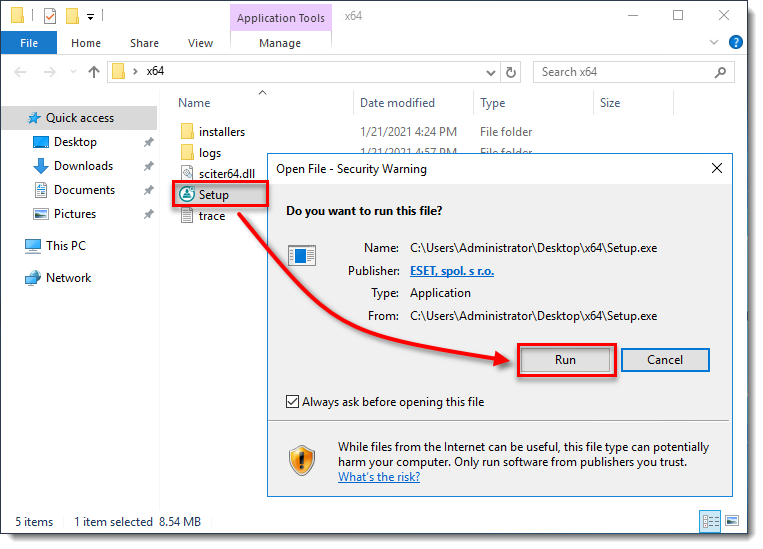
Figure 2-1 Set the language of your installation in the Language drop-down menu and click Next.
Select Uninstall and click Next.
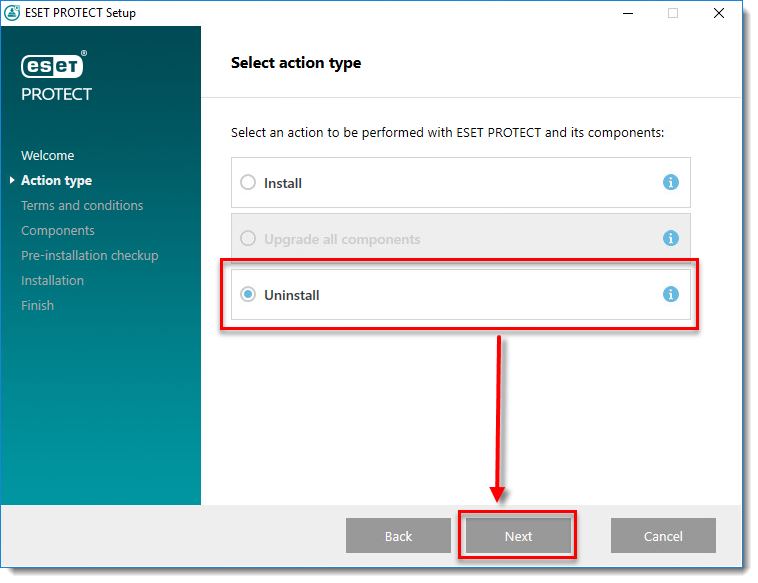
Figure 2-2 Accept the End User License Agreement and click Next.
Deselect all components except ESET PROTECT Webconsole and Apache Tomcat and click Uninstall.
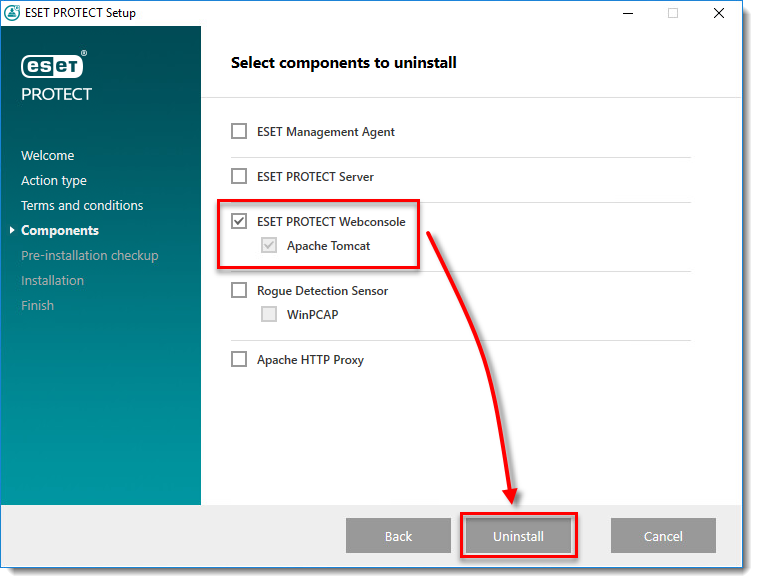
Figure 2-3 When the process is finished, click Finish.
Run the
Setup.exeapplication again. Click Run when prompted by the security warning.Set the language of your installation in the Language drop-down menu and click Next.
Select Install and click Next.
Select I accept the terms in the license agreement and click Next to continue.
Select only ESET PROTECT Webconsole and Apache Tomcat and click Next.
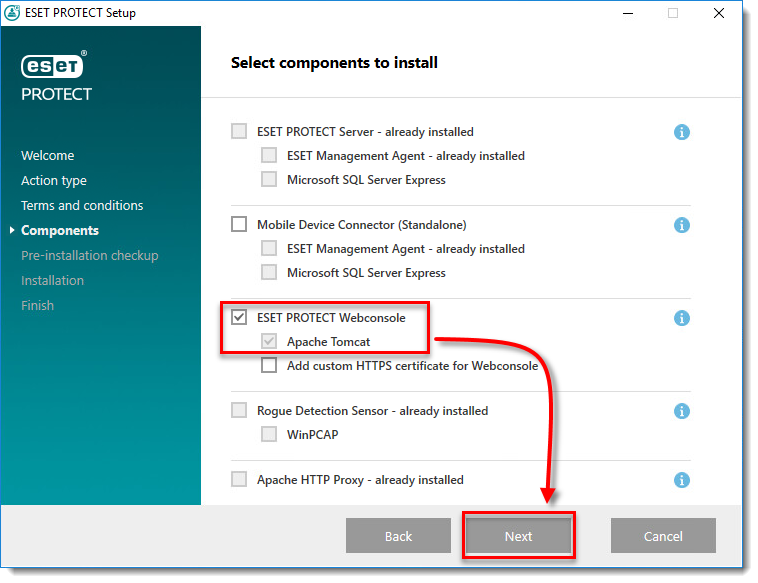
Figure 2-4 Select an existing JDK instance (since you are reinstalling the Tomcat, you already have the necessary JDK on your system). Click Install and wait until the installation is completed.
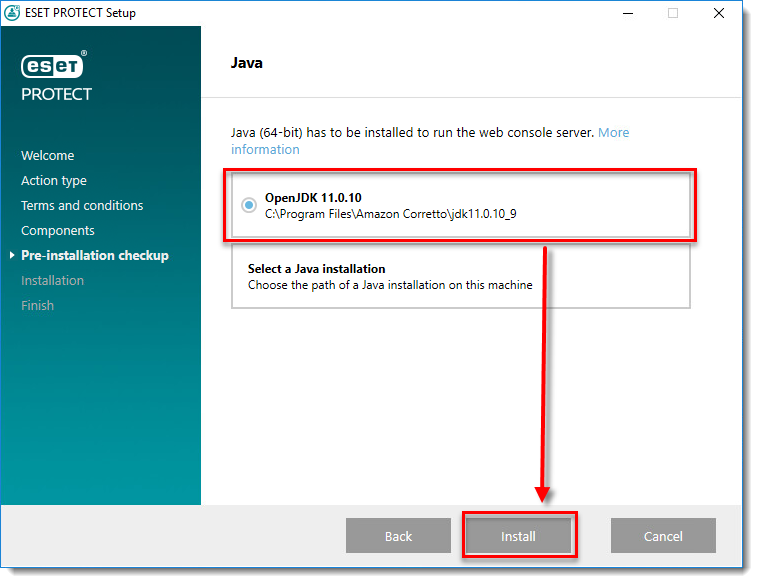
Figure 2-5 Click Finish to close the installation window.
Restore the backup files from step 1 to their locations.
Run the Services application from the Start Menu.
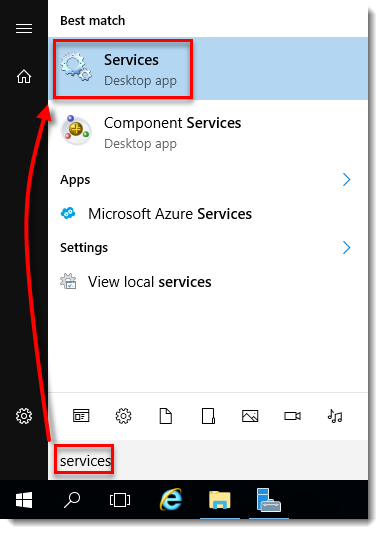
Figure 2-6 Restart the Apache Tomcat service.
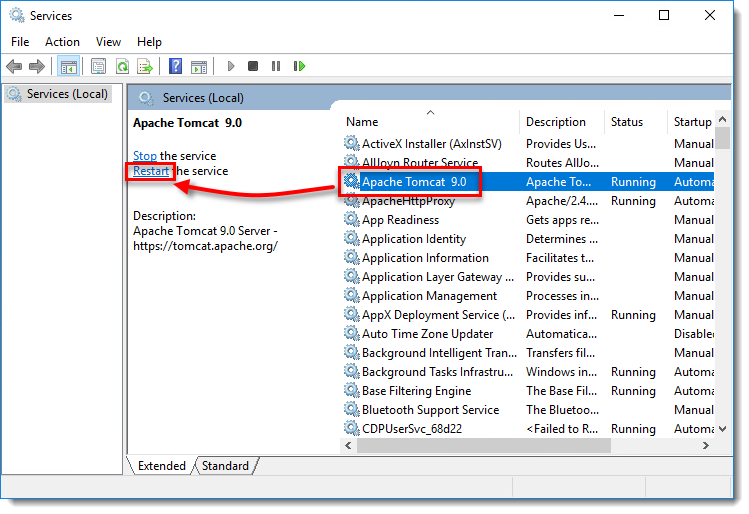
Figure 2-7
If you do not want to use .keystore and server.xml files from the Apache Tomcat backup, follow the steps below to generate a new keystore:
Generate a new keystore
Open the
server.xmlfile located at the following path:C:\Program Files\Apache Software Foundation\apache-tomcat-9.0.40\conf\server.xmlSearch or scroll until you find and edit the area for connector ports by pasting the following code in
server.xml:"443" server="EraServer" /> <Connector server="OtherWebServer" port="443" protocol="org.apache.coyote.http11.Http11NioProtocol" SSLEnabled="true" maxThreads="150" scheme="https" secure="true" clientAuth="false" sslProtocol="TLS" keystoreFile="C:\Program Files\Apache Software Foundation\apache-tomcat-9.0.40\.keystore" keystorePass="YOURPASSWORD" keyAlias="tomcat" sslEnabledProtocols="TLSv1.2,TLSv1.3" ciphers="TLS_AES_256_GCM_SHA384, TLS_CHACHA20_POLY1305_SHA256, TLS_AES_128_GCM_SHA256, TLS_ECDHE_RSA_WITH_AES_128_CBC_SHA256, TLS_ECDHE_RSA_WITH_AES_128_GCM_SHA256, TLS_ECDHE_RSA_WITH_AES_128_CBC_SHA, TLS_ECDHE_RSA_WITH_AES_256_CBC_SHA384, TLS_ECDHE_RSA_WITH_AES_256_GCM_SHA384, TLS_ECDHE_RSA_WITH_AES_256_CBC_SHA, TLS_RSA_WITH_AES_128_CBC_SHA256, TLS_RSA_WITH_AES_128_GCM_SHA256, TLS_RSA_WITH_AES_128_CBC_SHA, TLS_RSA_WITH_AES_256_CBC_SHA256, TLS_RSA_WITH_AES_256_GCM_SHA384, TLS_RSA_WITH_AES_256_CBC_SHA" />
Figure 2-8 At the following location, create a new folder and name it era:
C:\Program Files\Apache Software Foundation\apache-tomcat-9.0.40\webappsChange the filename era.war (from the era installer folder) to era.zip.
Extract the era.zip files to the following location:
C:\Program Files\Apache Software Foundation\apache-tomcat-9.0.40\webapps\eraSet the Tomcat9 service startup type service to Automatic.
If the ESET PROTECT Web Console login screen does not load successfully, visit the related articles below or contact ESET Technical Support.